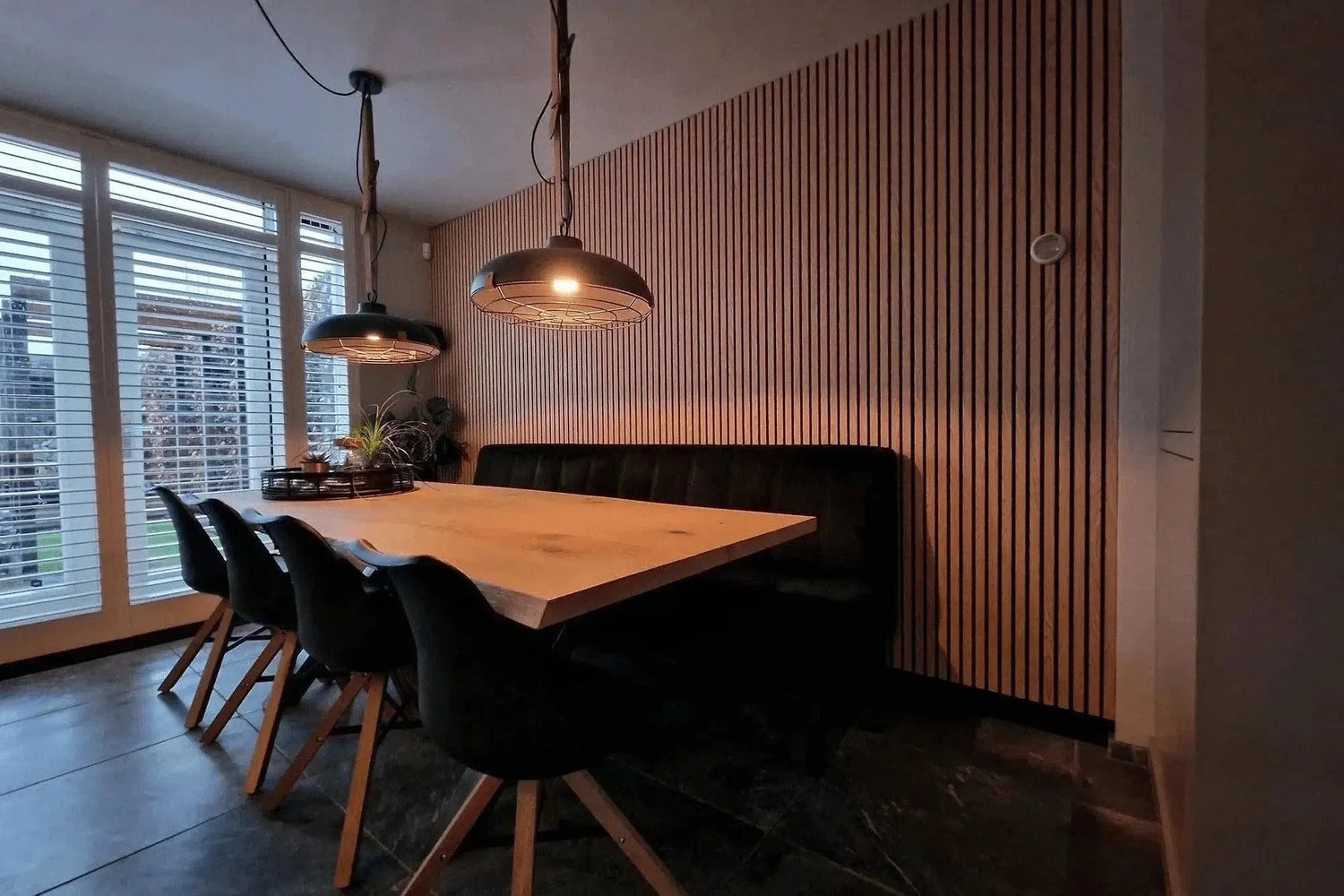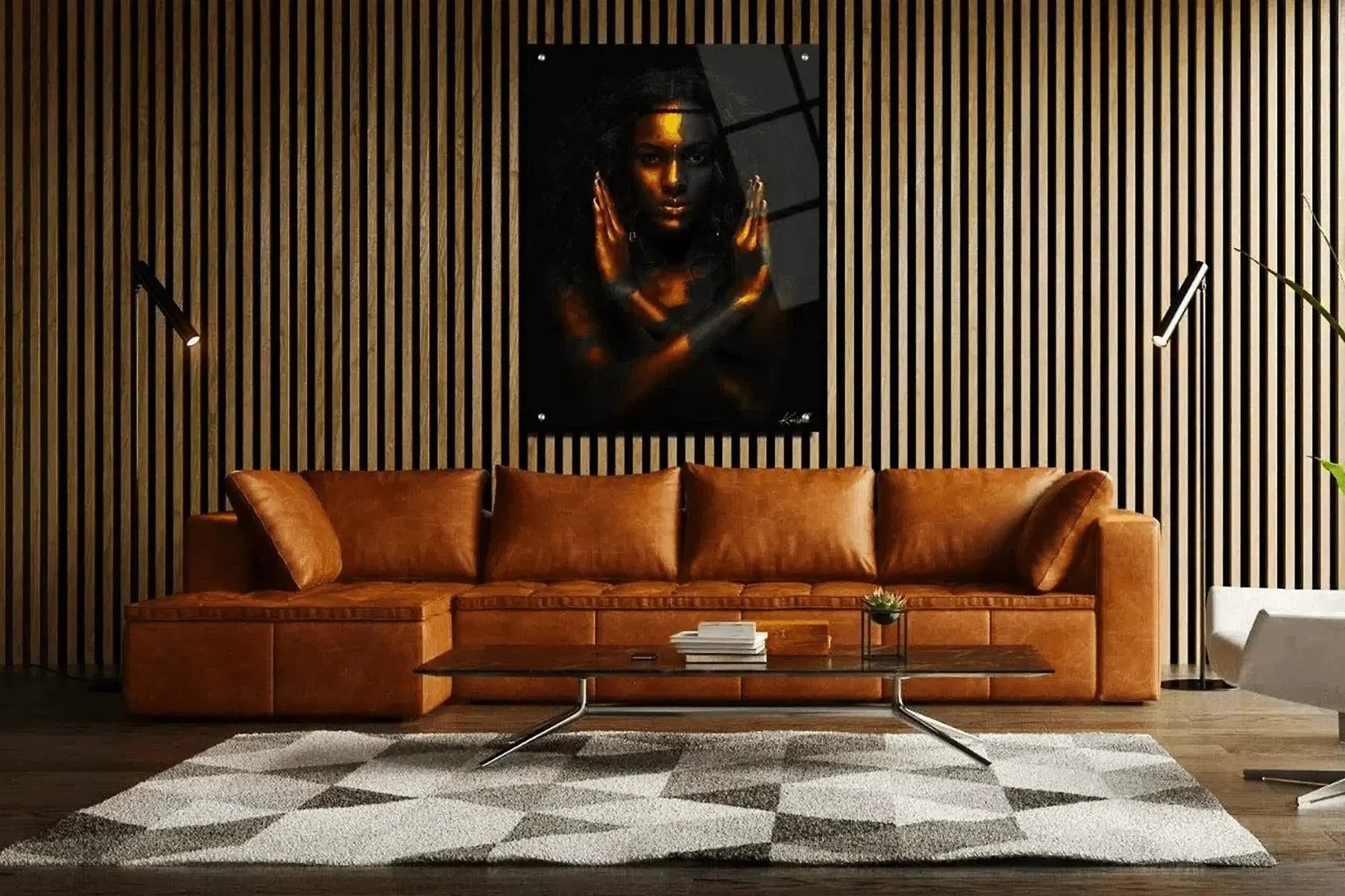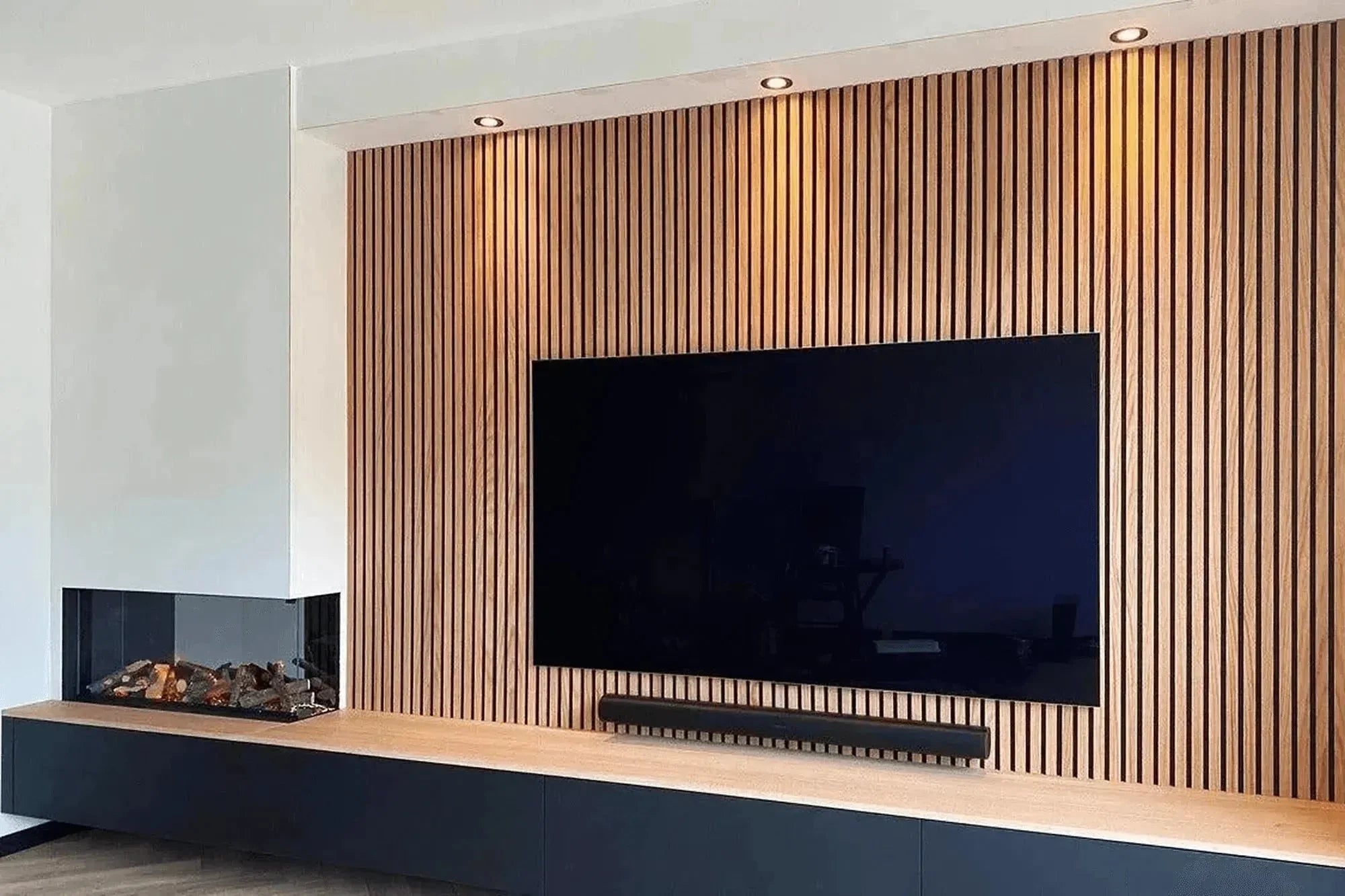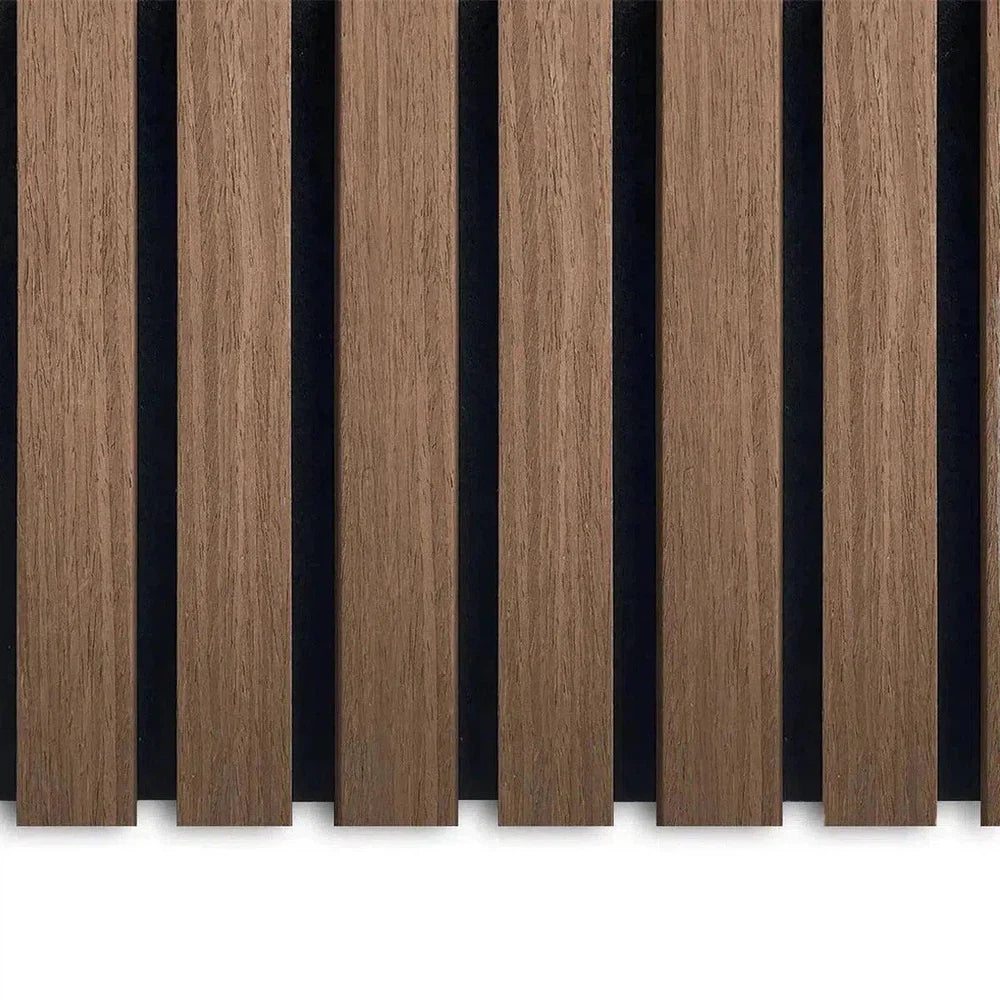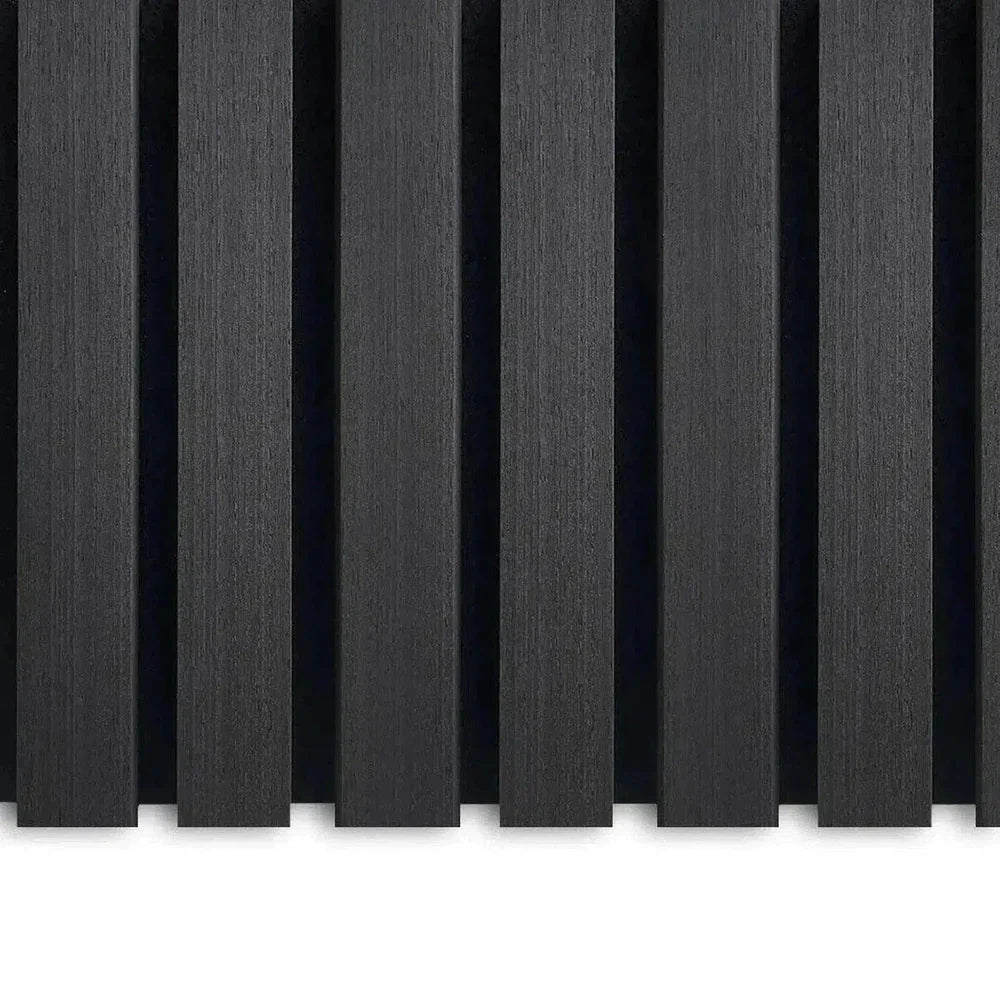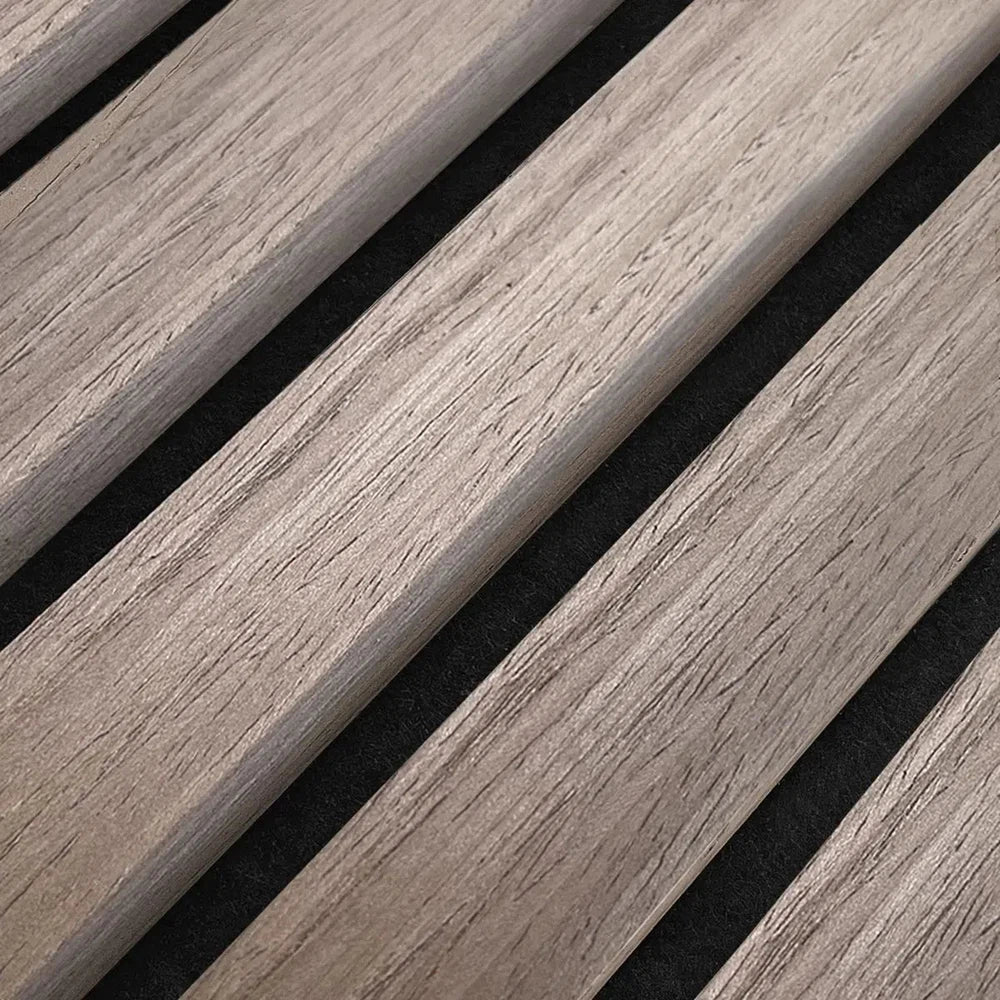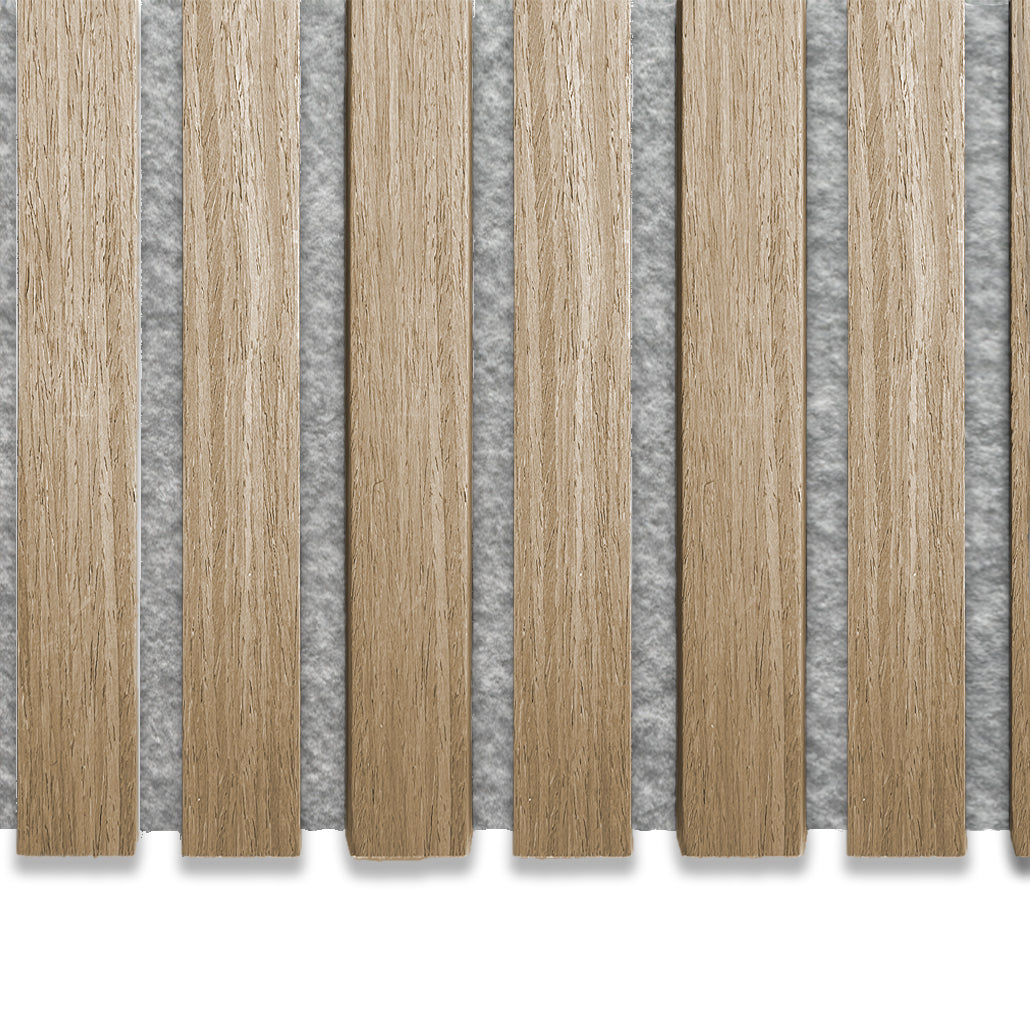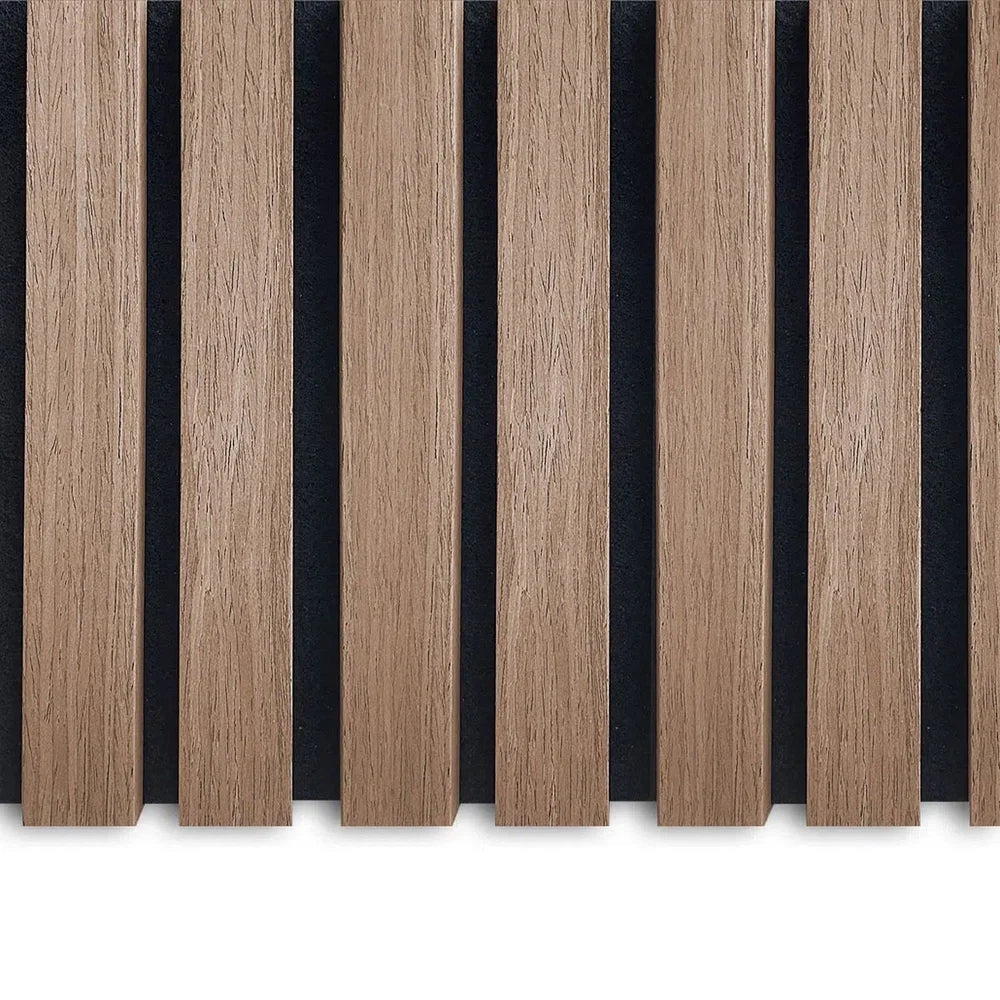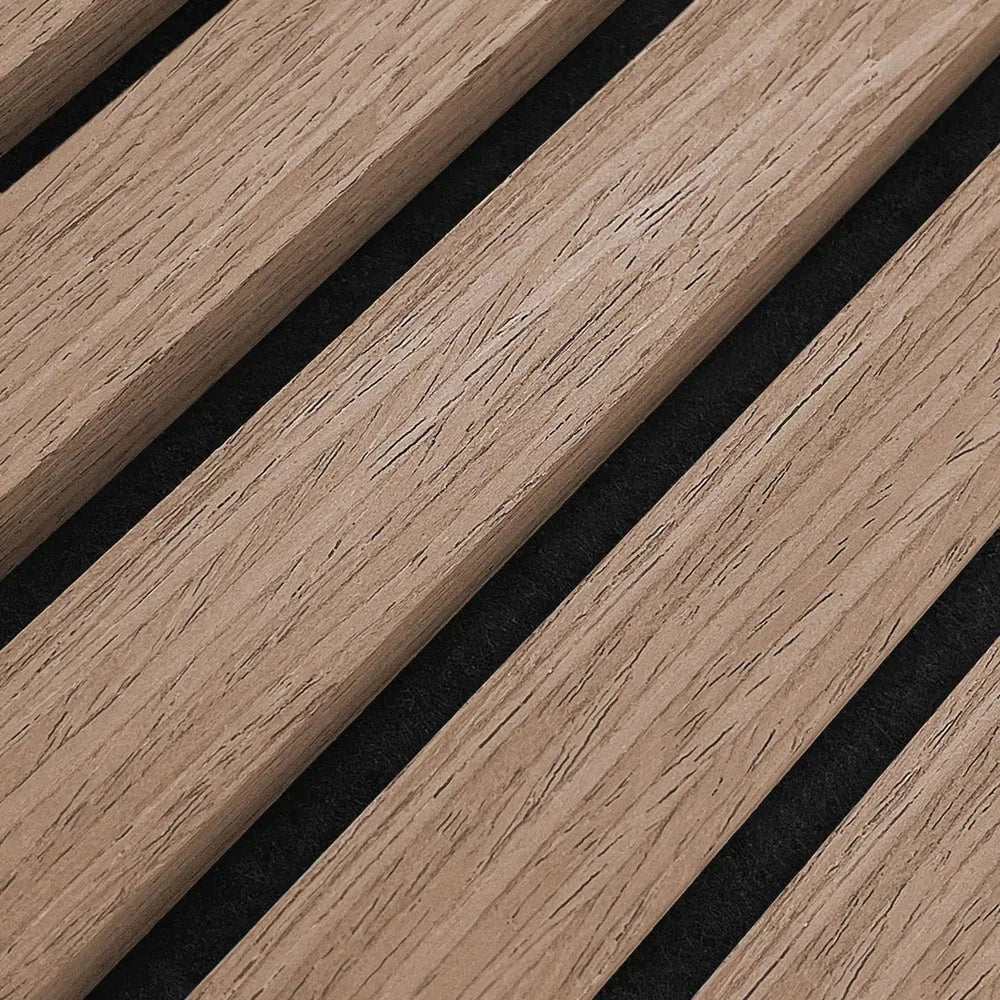Enjoying your favorite series in peace or working undisturbed on your project. It may seem straightforward, but it's not always the case. Often, we find ourselves annoyed or distracted by external noises. There's nothing more frustrating than experiencing noise disturbance at home or in the office. If you can't enjoy peace at home or concentrate at your workplace, it leads to irritation. The good news is that with proper soundproofing, this problem can be quickly resolved.
What Is Soundproofing?
Soundproofing is essentially shielding a space from external noise. Nothing more, nothing less. Soundproofing materials help keep the noise out. Although it seems similar and is often used interchangeably, soundproofing is not the same as sound absorption. Sound absorption reduces sound within a room, reducing reverberation and echoes, for example, in your living room. On the other hand, soundproofing prevents sound from entering your room.
How Does Sound Transmission Work?
Sound can be transmitted in various ways. Often, it occurs through air or contact. As you might have guessed, airborne sound travels through the air, passing through walls, windows, and doors. This form of sound transmission carries speech or music, for instance. When your room is not properly sealed or insulated, you will hear noise from the outside.
Contact sound occurs when sound is produced through physical contact with a surface. For example, when you move furniture across the floor or knock your fist against the wall. The sound spreads through walls, ceilings, and floors, sometimes causing disturbance in adjacent spaces. Who hasn't experienced annoyance from neighbors drilling a hole in the wall?
Materials for Soundproofing
Fortunately, there are various ways and materials to help reduce noise disturbance. Each of these materials has its own advantages and disadvantages.
Insulation panels, for instance, insulate floors, ceilings, and walls. They not only dampen sound but are often fire-resistant and help retain heat. The downside is that they are usually thick and require time for finishing.
Ever heard of soundproofing paint? It is often used on interior walls and ceilings. The paint contains certain substances that absorb sound. The advantage of paint is that it is thin and easy to apply. However, it typically works less effectively than some other soundproofing materials.
With soundproof curtains, you can also keep the noise out. They are easy to install and replace and also darken your room instantly. Similar to paint, these curtains are less effective in sound reduction than other materials.
In addition to curtains, there are also special soundproof doors and windows. They are designed to reduce sound transmission through windows and doors. They are effective and insulate your room, saving energy as well. The downside is that they come with a higher price tag.
The Best Alternative: Wooden Wall Panels
Each of these materials has its advantages and disadvantages. If you are looking for sound-absorbing material that really works and is stylish, Wooden Wall Panels are the perfect alternative. These acoustic panels are a stylish and modern solution for reducing noise and lowering the sound level. The wooden panels are filled with sound-absorbing material.
The acoustic wall panels offer many different benefits. First and foremost, they are both sound-absorbing and soundproofing. This improves the acoustics in the room, reducing echoes and improving clarity for conversations, music, movies, or online meetings. Additionally, they not only help with noise disturbance but are also stylish and easy to install. A true enhancement to your walls!
How to Make Walls Soundproof?
There are various ways to make walls soundproof. You can add mass to the wall, create an air gap, and install various insulating materials. However, the most straightforward and stylish way is to attach Wooden Wall Panels to the wall. They can be installed in three simple steps:
- Choose the location and ensure a clean and even wall surface.
- Measure the panels, cut them to size if necessary, and mark their positions on the wall.
- Attach the panels easily to the wall using mounting adhesive or screws.
FAQs
How Much Does It Cost to Soundproof a Wall with Wooden Wall Panels?
The cost of soundproofing a wall with Wooden Wall Panels depends on various factors. It depends on the panel's material, the surface area of your wall, and how much of your wall you want to cover. Check our assortment for current prices or contact us for more information.
What Are the Advantages of Wooden Wall Panels Compared to Other Materials?
Wooden Wall Panels have many advantages compared to other soundproofing materials. Firstly, they work as both insulators and sound absorbers. This improves the room's acoustics, reducing echoes and reverberation. Wooden Wall Panels are also stylish, available in various dimensions, finishes, and colors, ensuring there's always a panel that suits your interior. Moreover, the panels are environmentally friendly, made from sustainable materials. Lastly, they are versatile and can be easily installed in any space.
